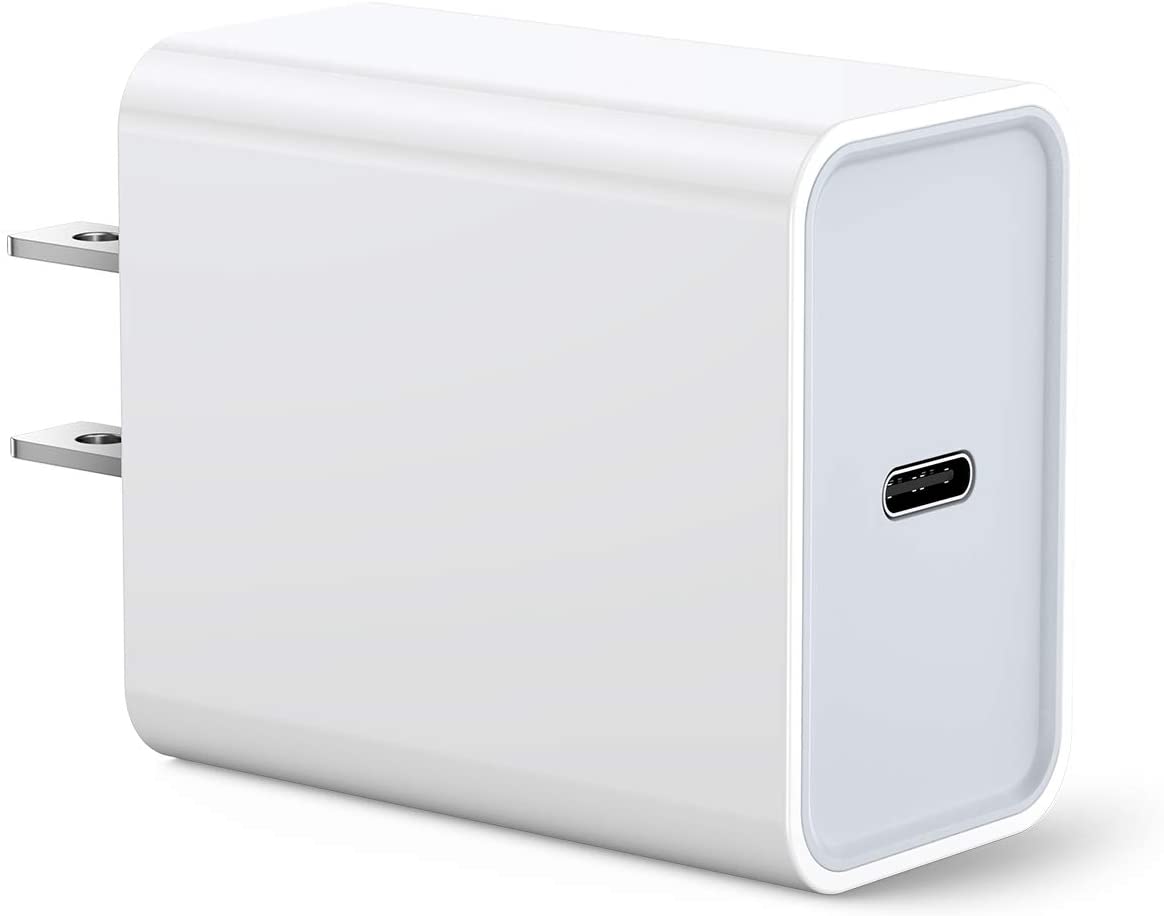

But if it can’t provide the voltage requested, or cannot understand the message asking for it, then it won’t work. Gruber notes that even this explanation is somewhat simplified: the amperage is a maximum, so a charger will work fine with a device that requests a supported voltage at less than the available amperage. Apple’s 30W USB-C adapter, on the other hand, supplies a slew of output options:ĩV × 3A = 27W (bingo for the Magic Keyboard) The iPad Magic Keyboard accepts for high-power input 9V × 3A = 27W, but Apple’s 29W adapter can’t supply that.

It only outputs two configurations: 14.5V × 2A = 29W (the maximum), or 5.2V × 2.4A = 12.48W. Turns out Apple’s 29W USB-C adapter is weird and limited. We’ve had that adapter plugged into our kitchen island for years, and it’s never before mattered.

My mistake was using Apple’s slightly older 29W USB-C power adapter, which looks exactly like Apple’s more recent 30W USB-C power adapter. I checked with Apple and they confirmed that passthrough charging should not be slow, and I should make sure I was using the power adapter that came with the iPad Pro. But other reviewers saw passthrough charging speeds that were as fast or nearly as fast as connecting the iPad directly to the charger. I originally wrote that passthrough charging via the Smart Connector was slow. Apple has apparently fixed this by allowing the HomePod to request a suitable combination which the charger can provide.ĭaring Fireball has a good explanation of how this sort of issue arises by looking back at the 29W versus 30W charger situation with the Magic Keyboard for iPad. With Apple’s 18W charger, the issue again wasn’t lack of power, but the inability of the two devices to negotiate the exact voltage and amperage required. That was the issue with the 29W power brick: it didn’t support USB-C PD 2.0 or 3.0, so although the charger was capable of delivering enough power, it wasn’t able to respond to the MagSafe charger’s request. Part of the issue is whether or not a charger supports a protocol known as USB-C Power Delivery, usually abbreviated to USB-C PD – and if so, which version? This is a method by which a charger and the device connected to it negotiate the power that will be supplied in terms of both volts and amps. Similarly, the 18W charger supplied with last year’s iPhone 11 Pro couldn’t – initially – charge the HomePod mini …Īpple solved the latter problem last week with a software update, in version 14.3. For example, the 29W power brick can’t charge the MagSafe Duo, despite it drawing only 15W. Apple’s USB-C chargers have caused significant confusion over what they can and can’t power.


 0 kommentar(er)
0 kommentar(er)
